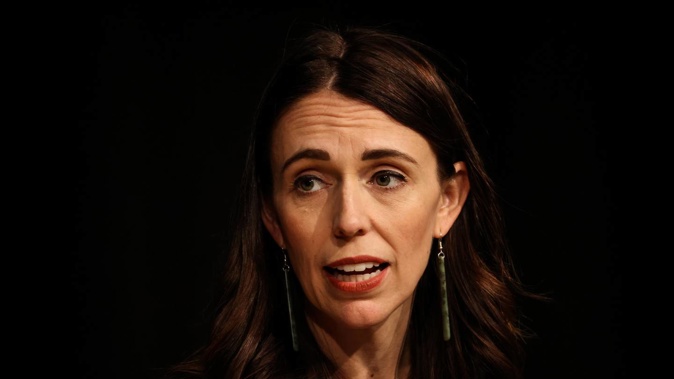
Māori, Pasifika and households with disabled children are more than twice as likely to be experiencing poverty compared to Pākehā, the latest statistics show.
The new poverty figures show while the Government is on track to meet two out of three of its child poverty reduction targets, those gains are being unequally felt.
The data released by Statistics NZ today also show housing costs continuing to have a strong impact on the number of children living in poverty.
The annual measure only takes into account the nine months to March 2020, and has surveyed 15,000 families rather than 20,000 as in previous years.
This is because families were asked about their experiences in the 12 months prior to the survey, which was taken between July 2019 and March 2020.
The data deliberately does not include April, May and June because the Ministry of Health did not want officials undertaking face-to-face interviews, given the Covid-19 risks.
Given the lag period of the data, the numbers only take into account child poverty levels from between July 2018 and March 2019.
This took into account the first year of the Government's $5.5 billion Families Package, which came into effect in July 2018.
Over the two years since the Government introduced child poverty reduction targets, progress has been made across all measures.
For the 2019/2020 period, about one in seven New Zealand children (167,100) lived in households with less than 50 per cent of the median disposable income before deducting household costs.
This was slightly down from one in six in the year to June 2018, but a slight increase from the year to June 2019.
Factoring in housing costs, 18.2 per cent of New Zealand children - 208,400 or about one in five - lived in households with less than 50 per cent of the median disposable household income - a reduction from 22.8 per cent in June 2018.
Material hardship affected about one in nine children in the latest data, compared to about one in eight as of June 2018.
However for Pasifika one in four children were in households experiencing material hardship, and one in five for Māori.
This year's data also included households with disabled children for the first time.
It found they were twice as likely to live in households experiencing material hardship compared to households without.
Last year's Child Poverty report, based on the findings from 2018 to 2019, revealed the number of people facing material hardship had remained relatively stagnant.
At the time Ardern remained confident the Government would meet its child poverty targets.
Last year's figures also found the cost of housing to be a significant factor contributing to child poverty in New Zealand.
This year's figures come a week after the Salvation Army released its annual State of the Nation report, which showed in the last year there were 23,000 more children now living in benefit-dependent households.
Government emergency food grants have risen three-fold since 2017 and last year totalled 1.5 million. The Sallies distributed 113,000 food parcels themselves in 2020: nearly twice as many as the year before. Auckland City Mission, marae and other agencies that run foodbanks report similar stories.
The Sallies also reveal that rents have been rising steadily for years and the fastest growth is in the lowest quartile. That is, since 2015, the poorest quarter of New Zealanders who rent have faced the largest rent rises.
The Families Package, which was funded by cancelling the previous National government's planned tax cuts, will cost $5.53 billion over five years.
The Government estimates that by 2020/21, when the package is fully rolled out, some 384,000 families with children will be better off by about $75 a week. It is projected to lift the number of children living out of poverty by 64,000, or about 41 per cent, by 2020.
By year ending June 2021 (reported in 2022) the Government aims to reduce the proportion of children in:
Low income households on the 50 per cent before housing costs primary measure from 16.5 percent of children in the 2017/18 baseline year to 10.5 percent – a reduction of around 70,000 children.
Low income households on the 50% after housing costs primary measure from 23 percent in 2017/18 to 18.8 percent – a reduction of around 40,000 children.
Material hardship from 13 percent of children in 2017/18 to 10.3 percent – a reduction of around 30,000 children.
Take your Radio, Podcasts and Music with you









